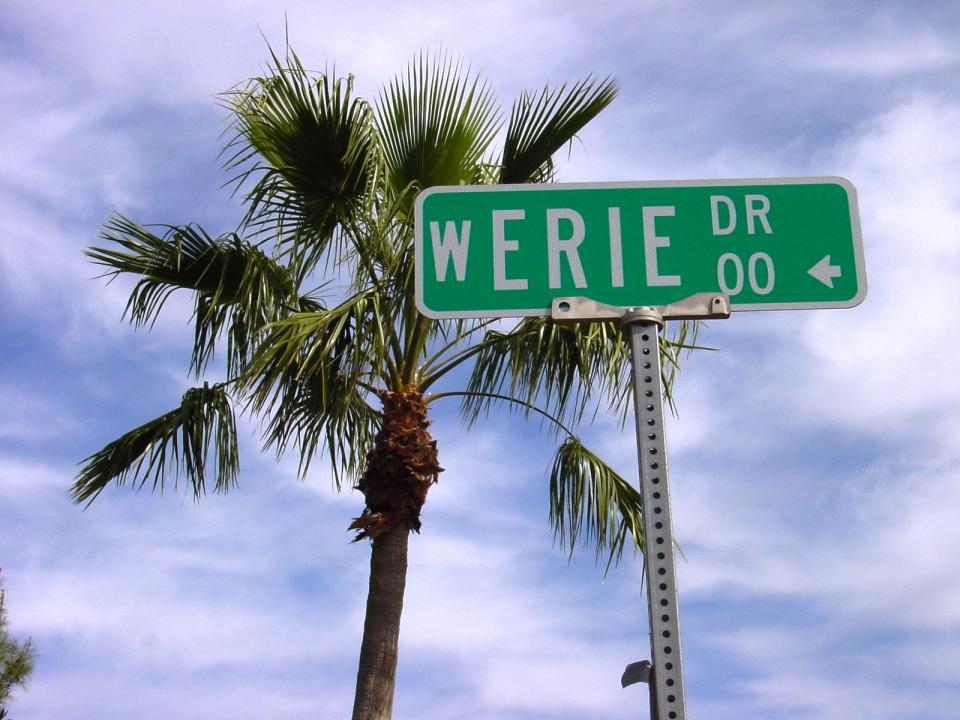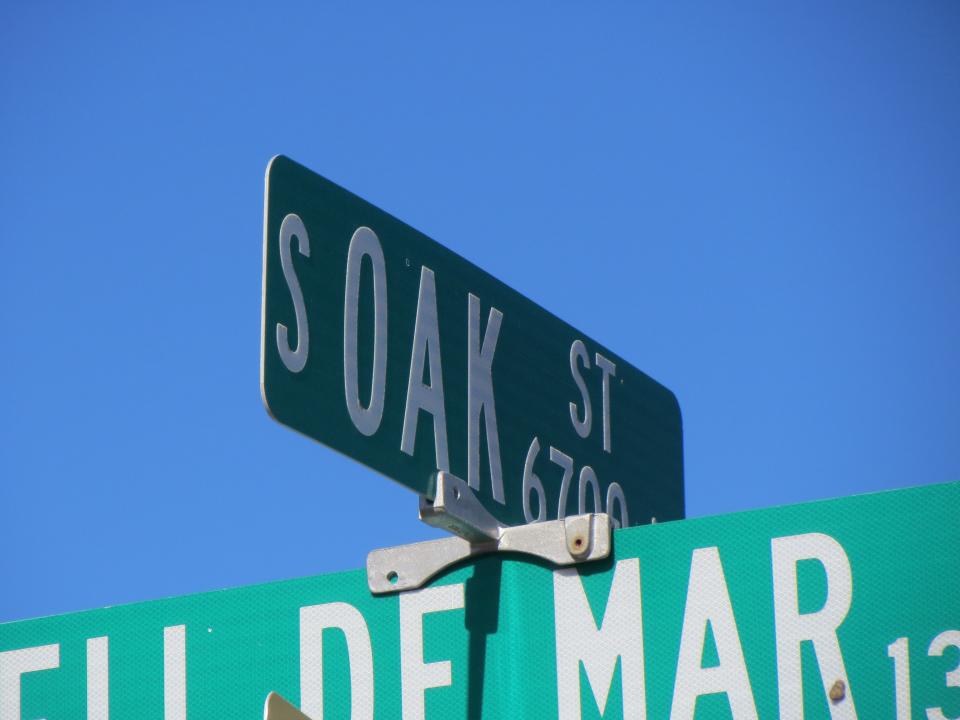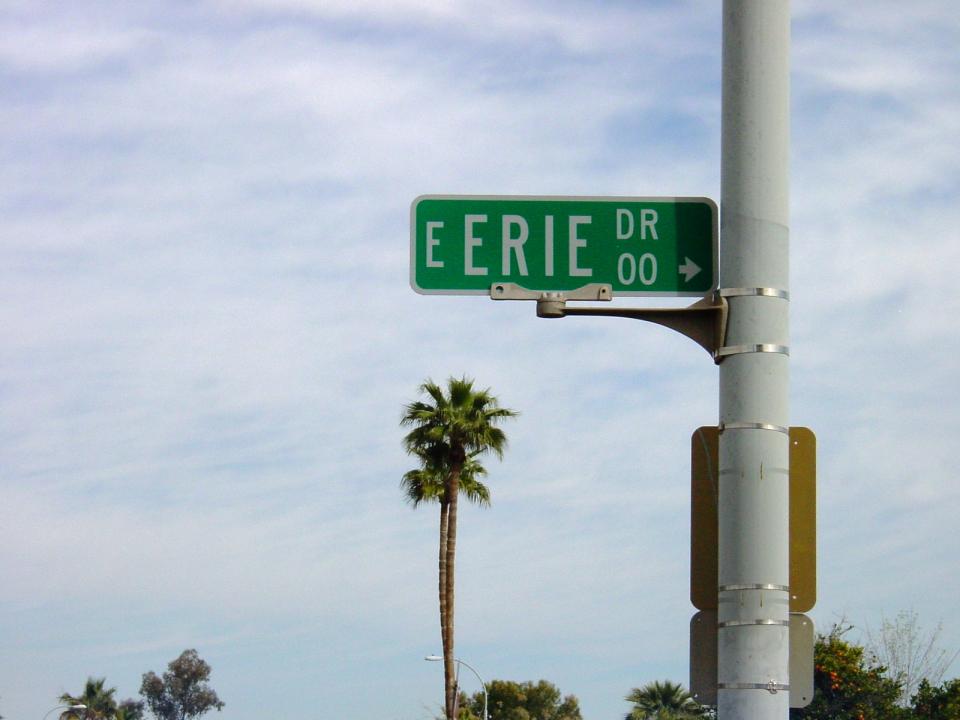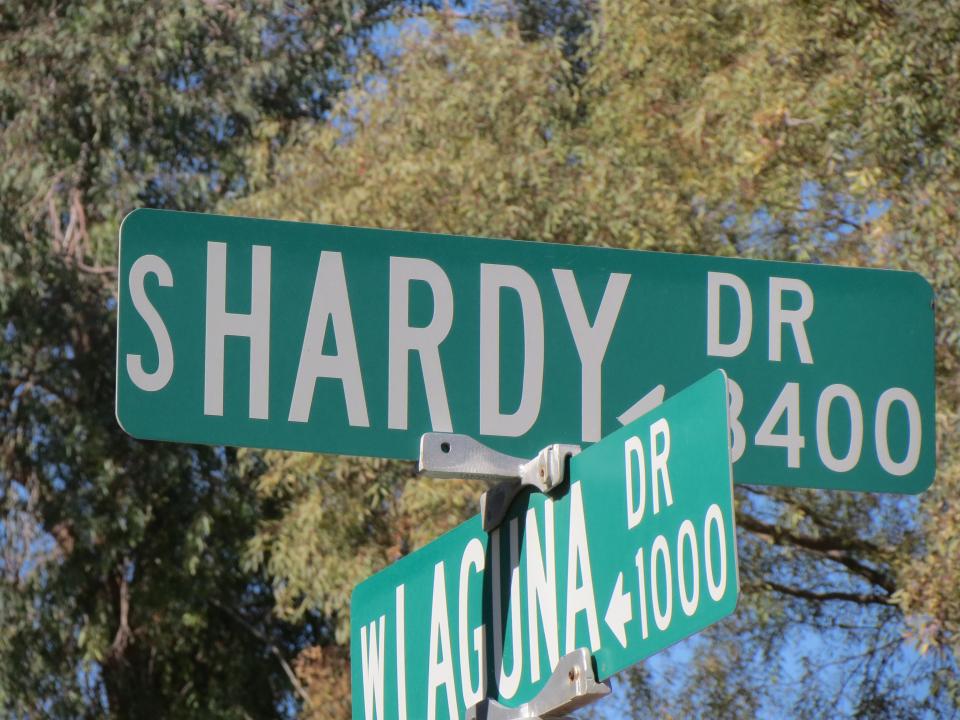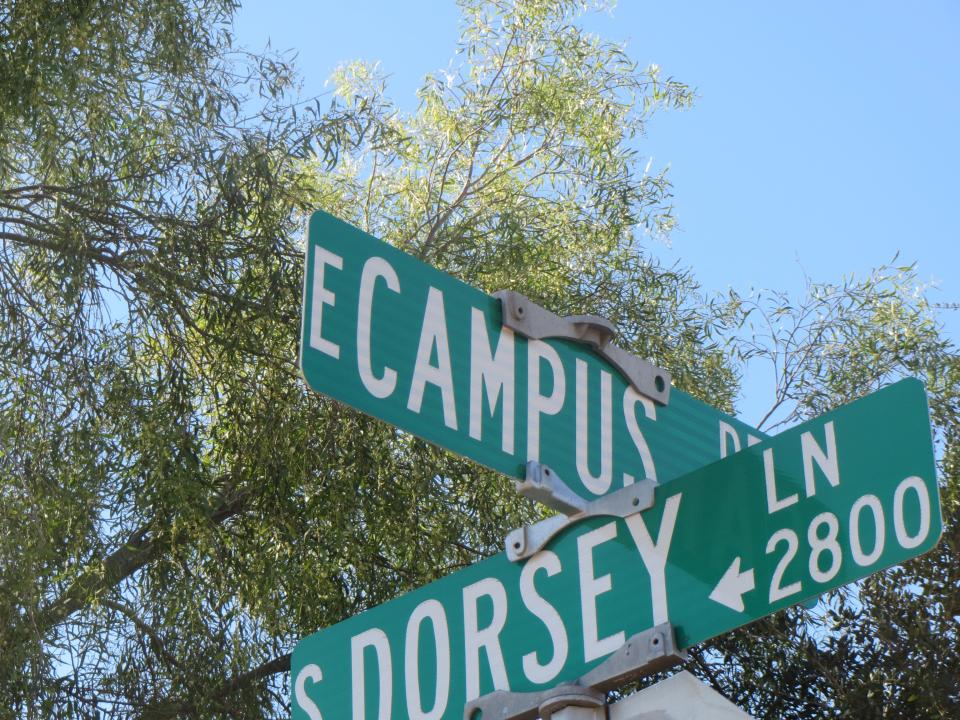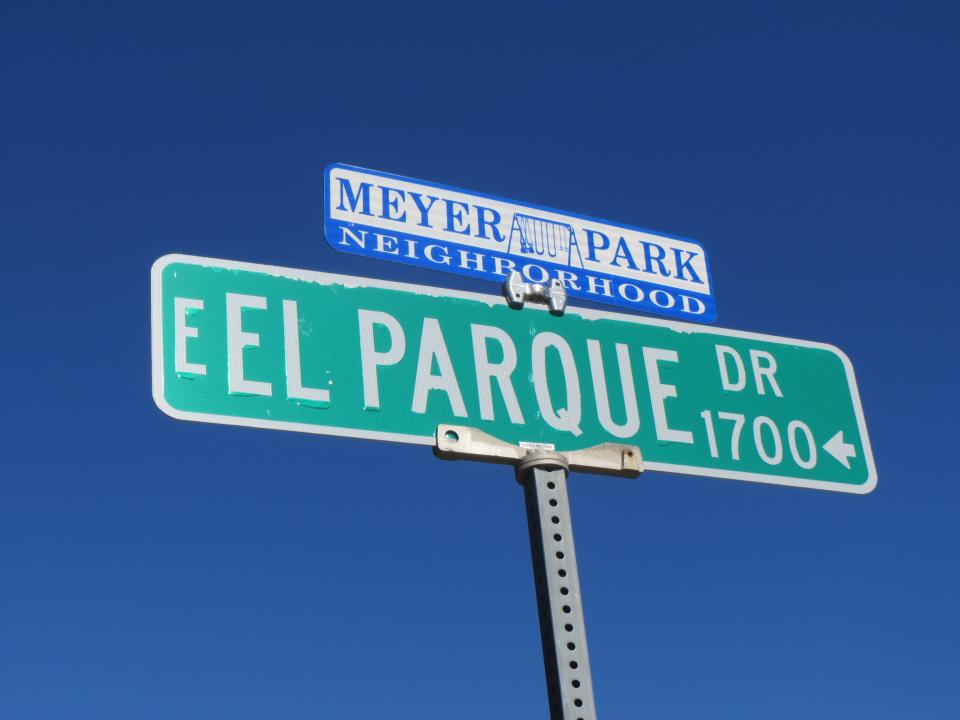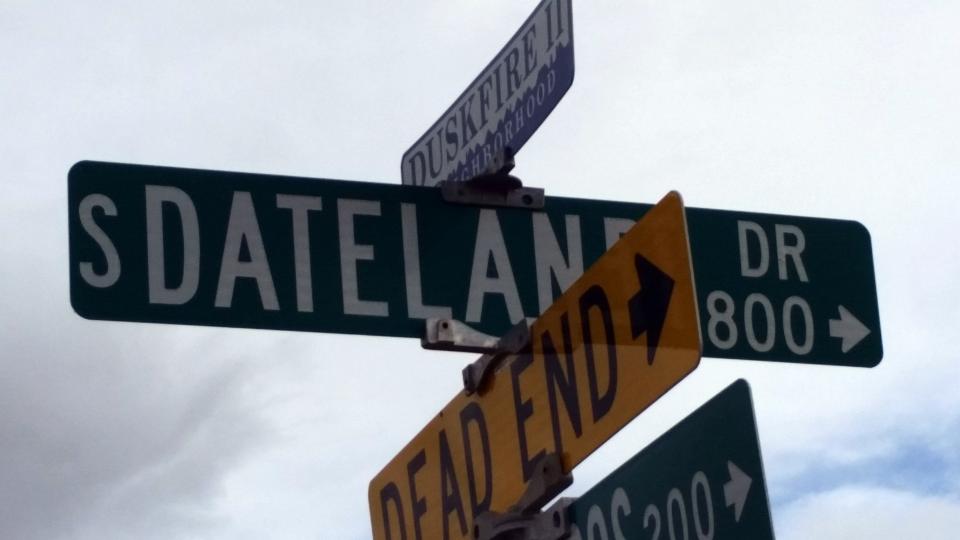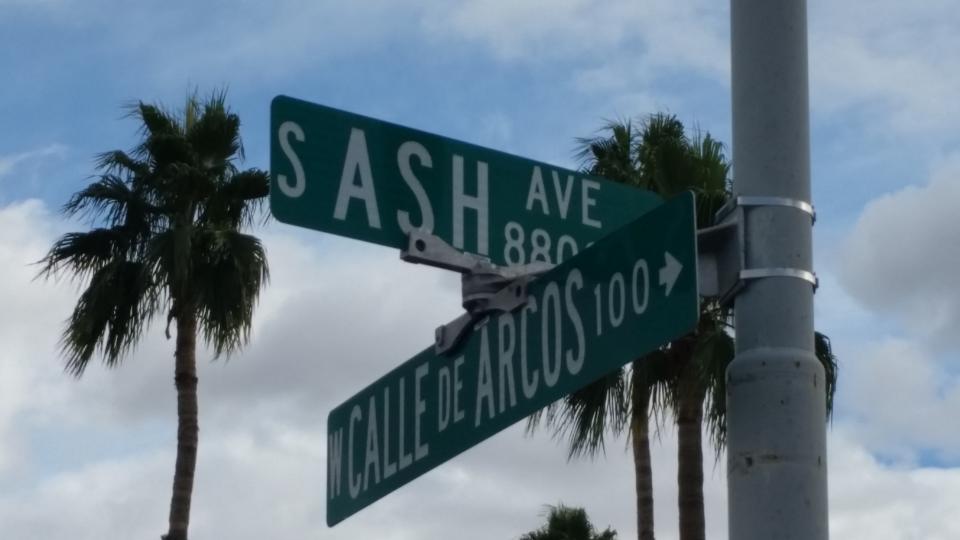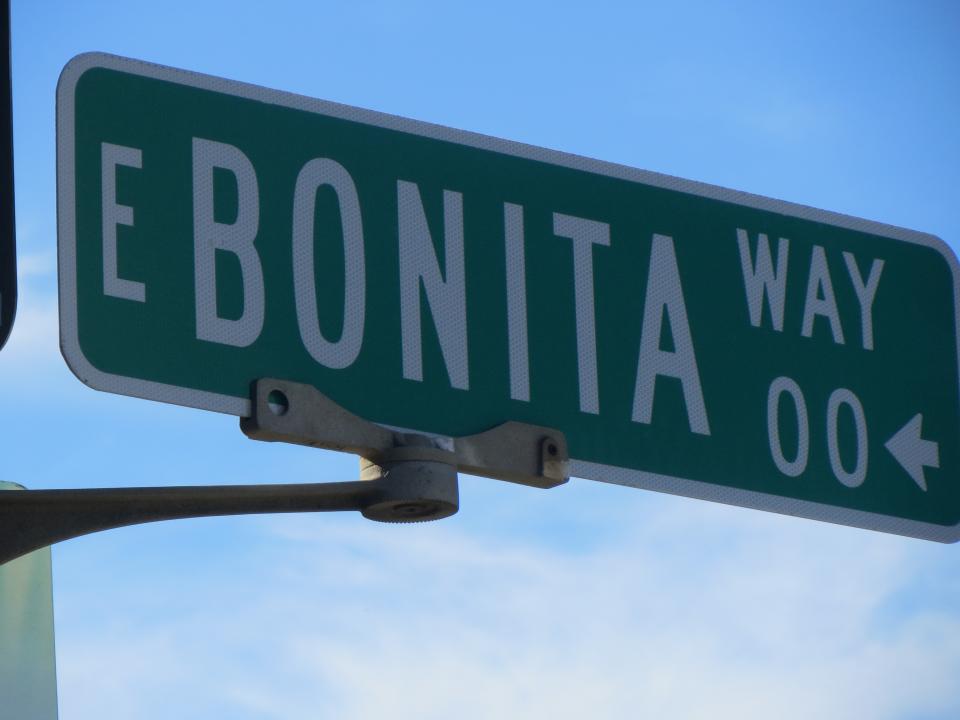A Riddle of Signposts
We see and follow street signs when driving or walking every day. We read them when necessary and understand clearly what they mean. Oak Street means Oak Street. They’re helpful and organized. But could there be another message, another meaning, some other direction being given beyond Oak Street? Could the regular be up to something else, something in plain sight—something more subtle or insidious or clever than at first glance? Is there a party going on to which we’re not being invited?
Salvador Dalí evolved something he called the “paranoiac-critical” method wherein when looking at something objectively one might simultaneously see something subjective, each quite different from the other. Pablo Picasso asserted that “A green parrot is also a green salad ... He who makes it only a parrot diminishes its reality.” We ourselves wear costumes on Halloween, stepping into other selves for the evening. Could street signs be telling us more than we recognize?
Thomas Pynchon, in The Crying of Lot 49, writes about the possibility of an underground post office—or, possibly, two competing clandestine postal delivery services. Can street signs, with their very sly, smaller directional indicators, their n-e-w-s, be telling us something more? Are they a kind of everyday map of the movie stars’ homes? Here are some possibilities.
Where retired people live?
Perhaps the weary should head over here?
The best Halloween street in the world?
Archeological clues to Tempe's past?
Online is the future?
Electric Avenue?
After the poet?
Boringsville?
Where heads of state and Miss Americas live?
Online dating site?

